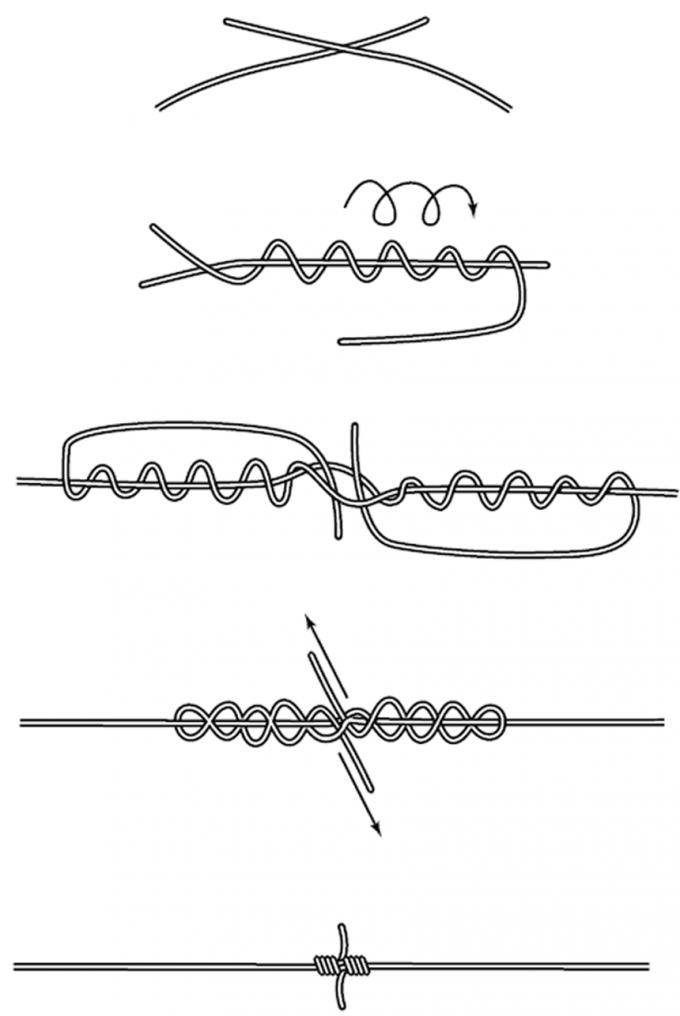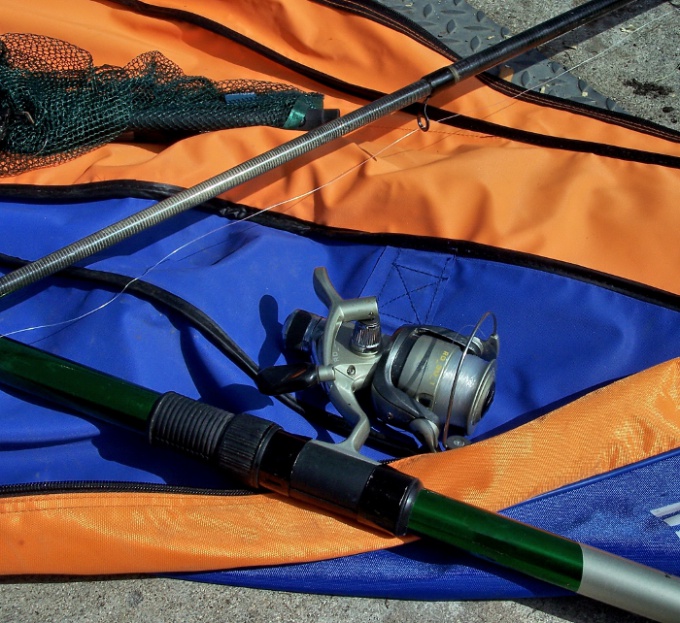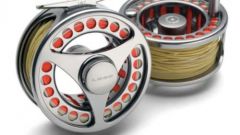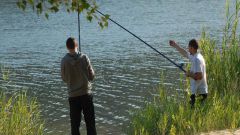Instruction
1
Deaf start with a simple loop. Fold line, fold it in half and at the end tie a regular knot. Improved version of the – fold line folded in half, wrap once around both ends, thread through loop and tighten. This way you can bind the leads in the base system.
2
Now train yourself to do the marine loop. Fold the fishing line, loop it into a small loop where you miss the free end of the line. Now solestice him for another tight end and again flow into the same loop. This end to tighten the knotby holding the free end of the other arm.

3
A more complicated version of the marine loop: tie on fishing line knotbut do not tighten it. Through it, thread the free end to form a loop of desired size. And now the end is put on knot and braid.
4
Snap hook without eyelet to the synthetic scaffold by using marine site. For this knot wrap the line around the hook three times and insert the free end into the loop, which was obtained from tension root part of the line.
5
If you want to bind to a scaffold anchor, use a node called "cross". Measure from the end of the line 2m and tie a simple knot without stretching. Step back two feet, tie a second knot, Perekrestov it with the first. Related parties apart, while loop will last. Now put the load in the middle of the cross, and the end of the rope thread through all the loops together with the main rope tie one of the knots.
6
Fishing you often need to tie two fishing lines together. In such a situation, use a Blood knot: cross the line two so that left loose ends at 15cm. Then hold the cross between your thumb and forefinger.
7
The right free end make 4-5 turns around the main line. Now miss the right end through the crosshair. Continuing to keep the right half of the knot between your fingers, your other hand wrap the second free end of the line 4-5 times around the main line. Pass the left end through the cross and through the resulting loop.
Now gently pull both the end and before final tightening, moisten the knot with water to prevent ruptures of the line. Fixing a knot, cut the excess ends close to the knot.
Now gently pull both the end and before final tightening, moisten the knot with water to prevent ruptures of the line. Fixing a knot, cut the excess ends close to the knot.
Note
Remember, incorrectly tied knot reduces the line strength by 50-60%.
Useful advice
At first, use a special device for tying knots, which consists of a holder and special clips for the line.


